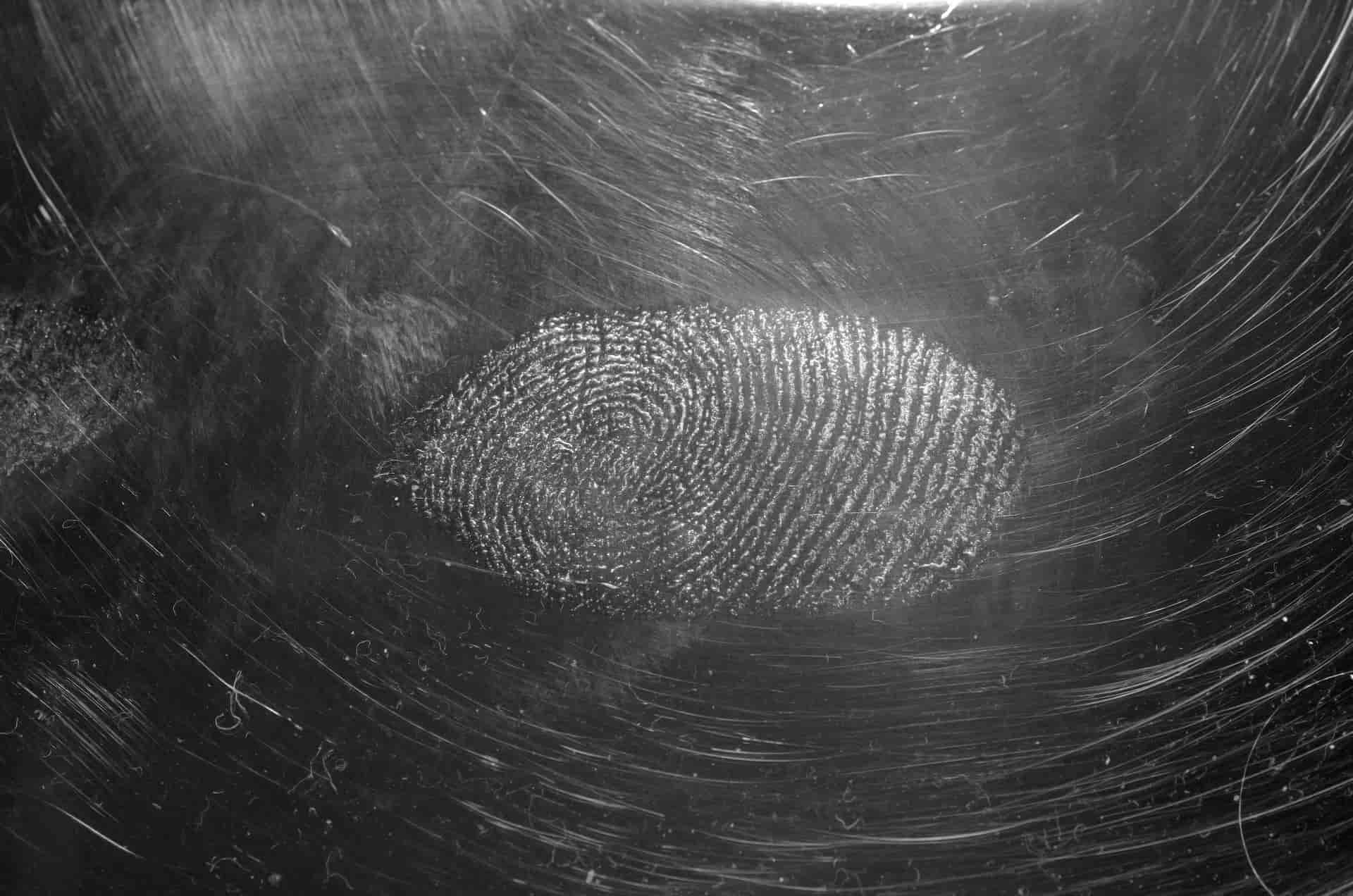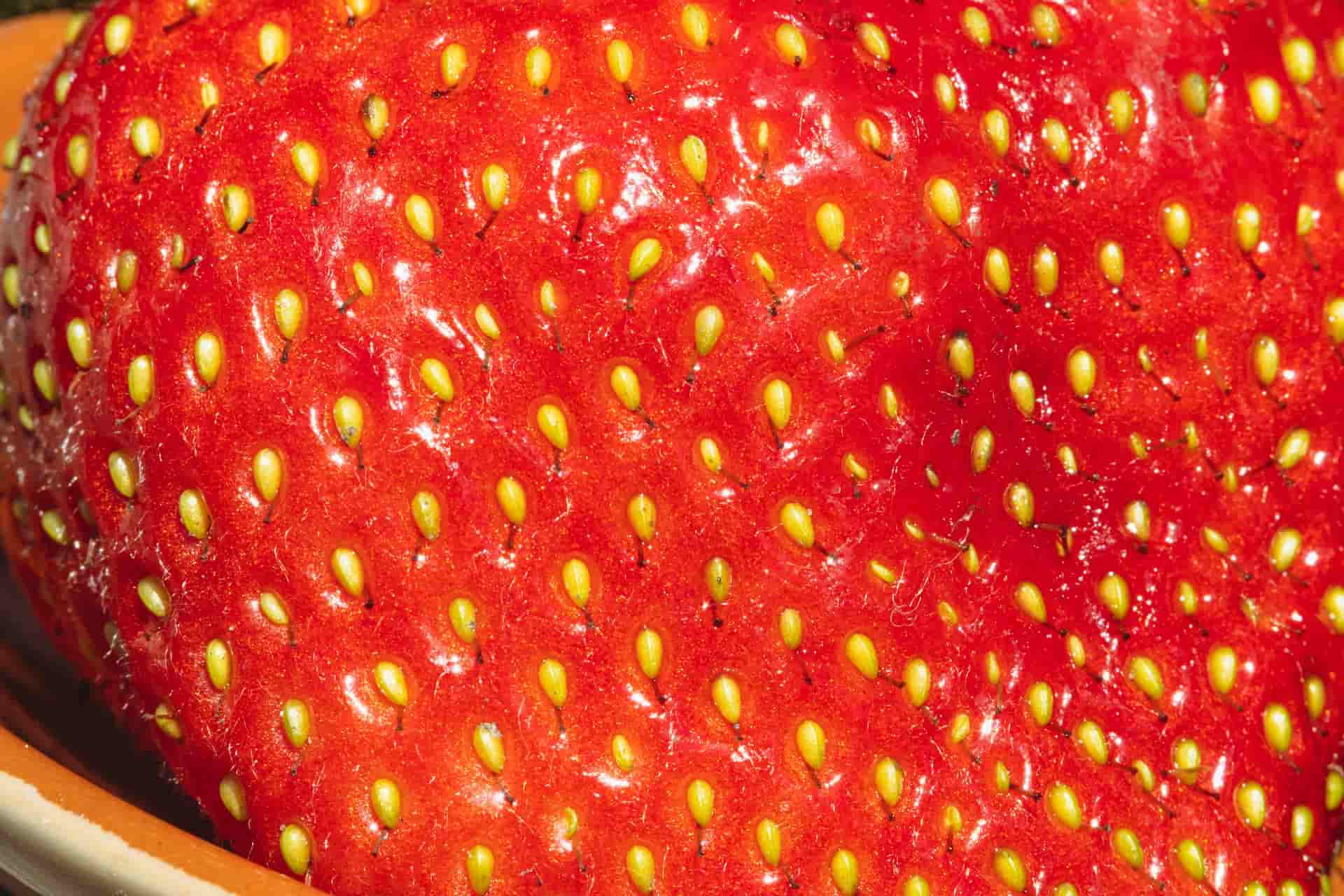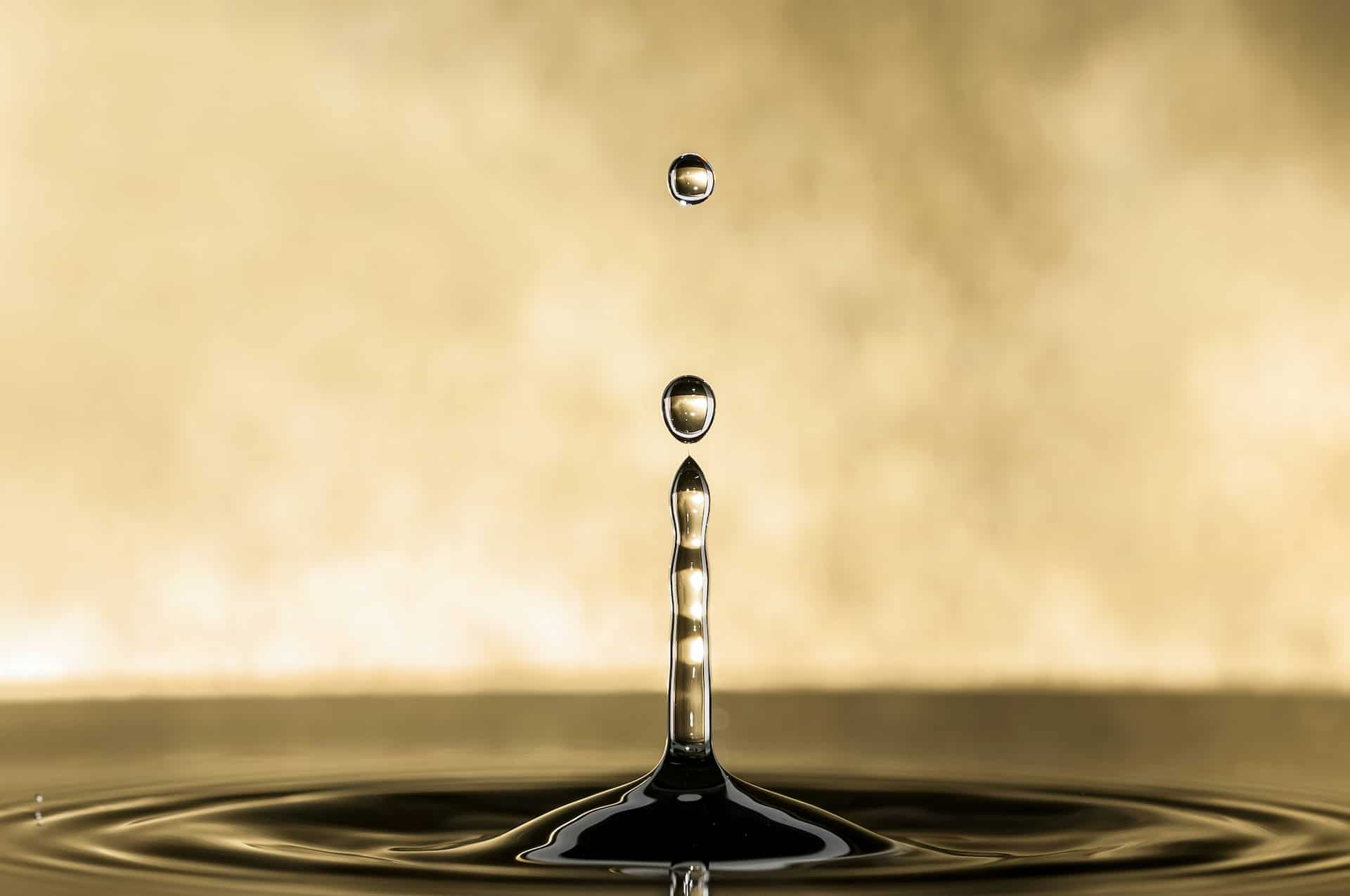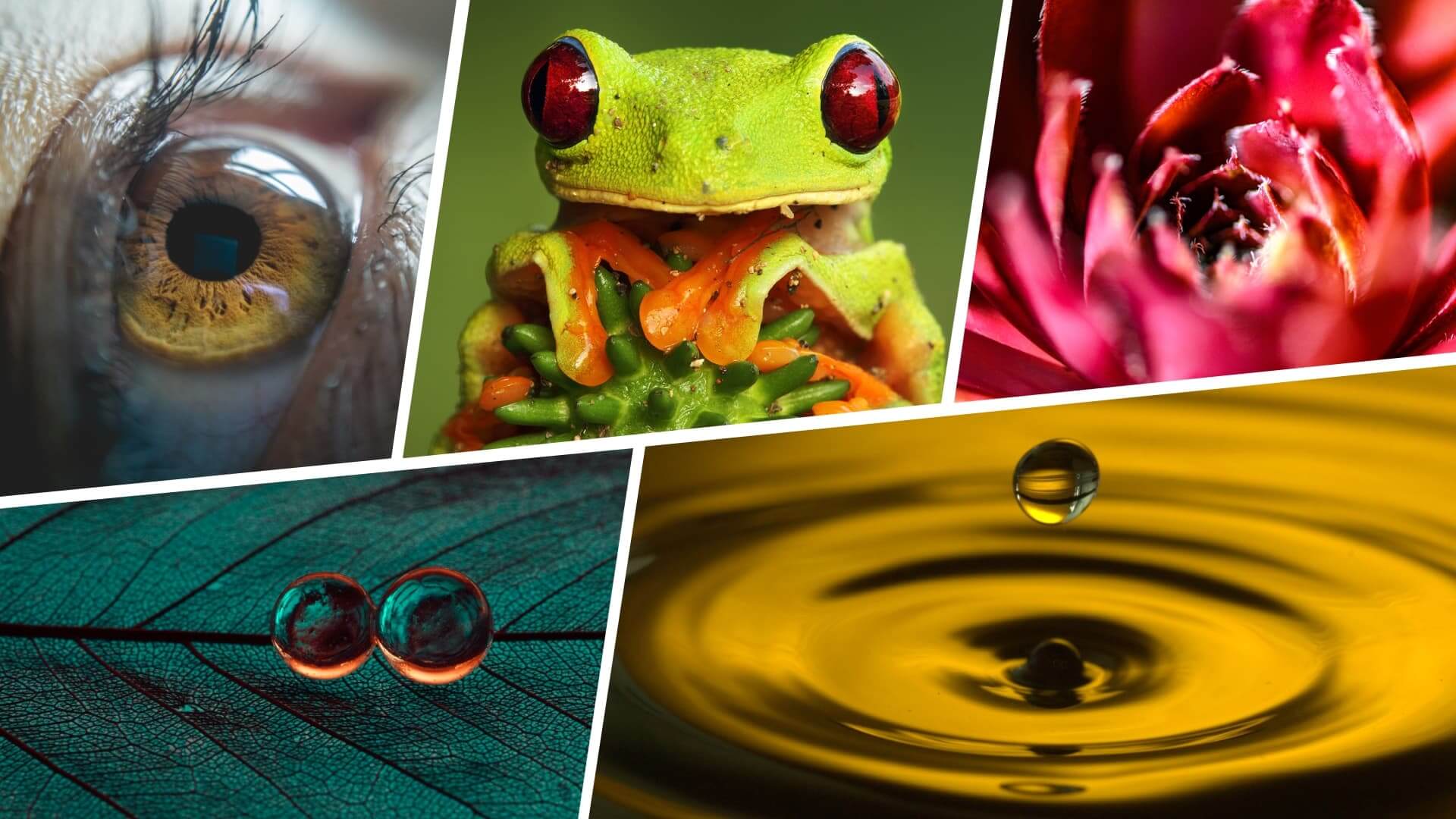I
f you’ve ever marveled at the intricate details of a dewdrop on a leaf or the delicate patterns on an insect’s wings, then you’ve experienced the magic of macro photography. This photography practice allows photographers to capture the mesmerizing beauty of small subjects in a larger-than-life format. But what exactly is macro photography, and how do photographers achieve those stunning, close-up images?
What is Macro Photography?
First, let’s define macro photography
Macro photography can be a whole new world of art for photographers. Before we dive into tips. let's define precisely what this type of photography entails.
MACRO PHOTOGRAPHY DEFINITION
What is macro photography?
Macro photography, in simple terms, is the art of making small things look big. It goes beyond capturing ordinary pictures and focuses on revealing the extraordinary details that are often overlooked due to their size. The key elements that define this genre are "magnification" and "minimum focusing distance."
Magnification refers to the size of the subject on the camera's sensor compared to its actual size. In true macro photography, the magnification ratio is 1:1 or higher, meaning the subject appears life-sized or larger on the sensor.
Minimum focusing distance, on the other hand, is the closest distance at which the lens can be from the subject while maintaining clear focus. Macro photography allows photographers to get up close and personal with their subjects, capturing intricate details that are otherwise invisible to the naked eye.
Macro Lens Photography Characteristics:
- Close Focus
- Detailed Clarity
- Enhanced Magnification
What is Macro Photography
The science behind the technique
Macro photography is a fascinating field that pushes the boundaries of what we can see with our naked eyes. It's like having a backstage pass to a world that exists just below our usual perception, revealing the intricate details and hidden patterns of our environment. But how does it work?
Magnification
The heart of macro photography is magnification. Imagine you're sitting in the last row at a concert, and all you see are tiny figures moving on stage.
Now, imagine you've got high-powered binoculars, bringing those distant performers so close you can see the sweat on their brows. That's what magnification does in macro photography.
It brings the small, far-off details up close and personal. This video by Neil Fisher brilliantly breaks down the way macro photography works and how to use it to create stunning images.
How to Do Macro Photography
Focus & Depth of Field
Next, let's talk about depth of field. Picture yourself standing in a hallway lined with doors. Without moving your spot, you can probably clearly see the door closest to you, but as you look further down the hallway, the doors become less clear, even blurry. This is similar to what happens in macro photography.
Depth of field refers to the range in which your subject remains sharp and clear while the surroundings get blurry. In macro photography, this depth tends to be quite shallow, which means only a small portion of your photo will be in sharp focus. For a complete breakdown on depth of field, check this out.
Depth of Field Explained • Subscribe on Youtube
However, achieving this level of detail isn't as simple as zooming in. It requires careful consideration of lighting, stability, and patience. And while the science may seem complex, the beauty of macro photography comes from its ability to make the ordinary extraordinary.
Related Posts
Macro Lens Photography Uses
What is macro photography used for?
Macro photography is like a secret key, unlocking a world that exists just beyond what our eyes can see. It's the art of making small things look big, revealing the intricate details and patterns that are usually missed in our day-to-day lives. What is it commonly used for?
Nature Documentaries
The natural world is teeming with life, much of which is too small for us to notice. From the delicate veins of a leaf to the intricate patterns on a butterfly's wing, nature is a treasure trove of tiny wonders waiting to be discovered. And it's here that the macro shot truly shines.
Take, for example, the BBC's acclaimed documentary series Planet Earth II. One episode, aptly titled "Jungles," showcases a captivating sequence of a glass frog defending its eggs against wasps.Frog Defends Eggs From Wasps · Planet Earth II
This dramatic event, unfolding on the scale of millimeters, was made possible by the magic of a macro lens, bringing viewers face-to-face with the tiny hero.
Forensic Investigations
On the other end of the spectrum, macro photography also plays an instrumental role in forensic science. Investigators use it to capture minute but critical details at crime scenes, such as fingerprints, fibers, and blood spatter patterns. These high-resolution, close-up images can often hold the key to solving complex cases.

Macro Photography Examples in Forensic Science
Food Photography
Food is not merely about survival; it's an experience, a cultural expression, and for some, a work of art. Macro photography has found its place at this intersection of cuisine and visual appeal, transforming a simple dish into a tantalizing spectacle.
Consider the work of renowned food photographers like David Loftus, whose close-up shots have graced the pages of some of the best cookbooks.

Closeup macro photography example of strawberry
His photographs have a way of making you feel as though you could reach out and taste the dishes, emphasizing textures, colors, and details that might otherwise go unnoticed.
Art
Beyond the world of gastronomy, a macro shot also plays a significant role in the realm of art. Artists use this technique to explore themes of beauty, fragility, and decay in the natural and human-made world.
For instance, Roni Horn's series of macro photographs of water surfaces, titled "Still Water," uses this technique to create abstract images that blur the line between photography and painting.
Macro photography on water droplet
In essence, macro photography is more than just a technique; it's a window into unseen worlds, revealing intricate details often overlooked by the naked eye. It's the art of bringing the tiny wonders of our world to the forefront. Remember, in macro, it’s all about the details.
Up Next
What is a Macro Lens?
Now that we've delved into the captivating world of macro photography and its impact across various fields, let's arm ourselves with the right tools — starting with understanding what a macro lens is, the essential gear for these close-ups.
Up Next: Macro Lens 101 →
Showcase your vision with elegant shot lists and storyboards.
Create robust and customizable shot lists. Upload images to make storyboards and slideshows.
